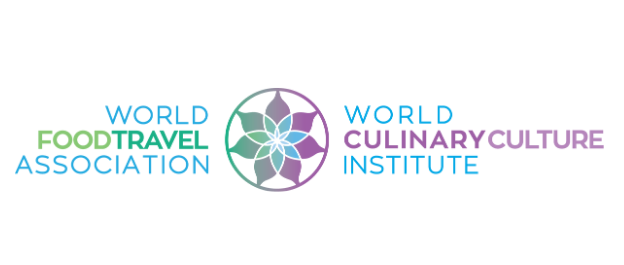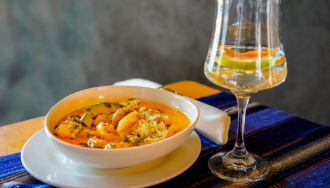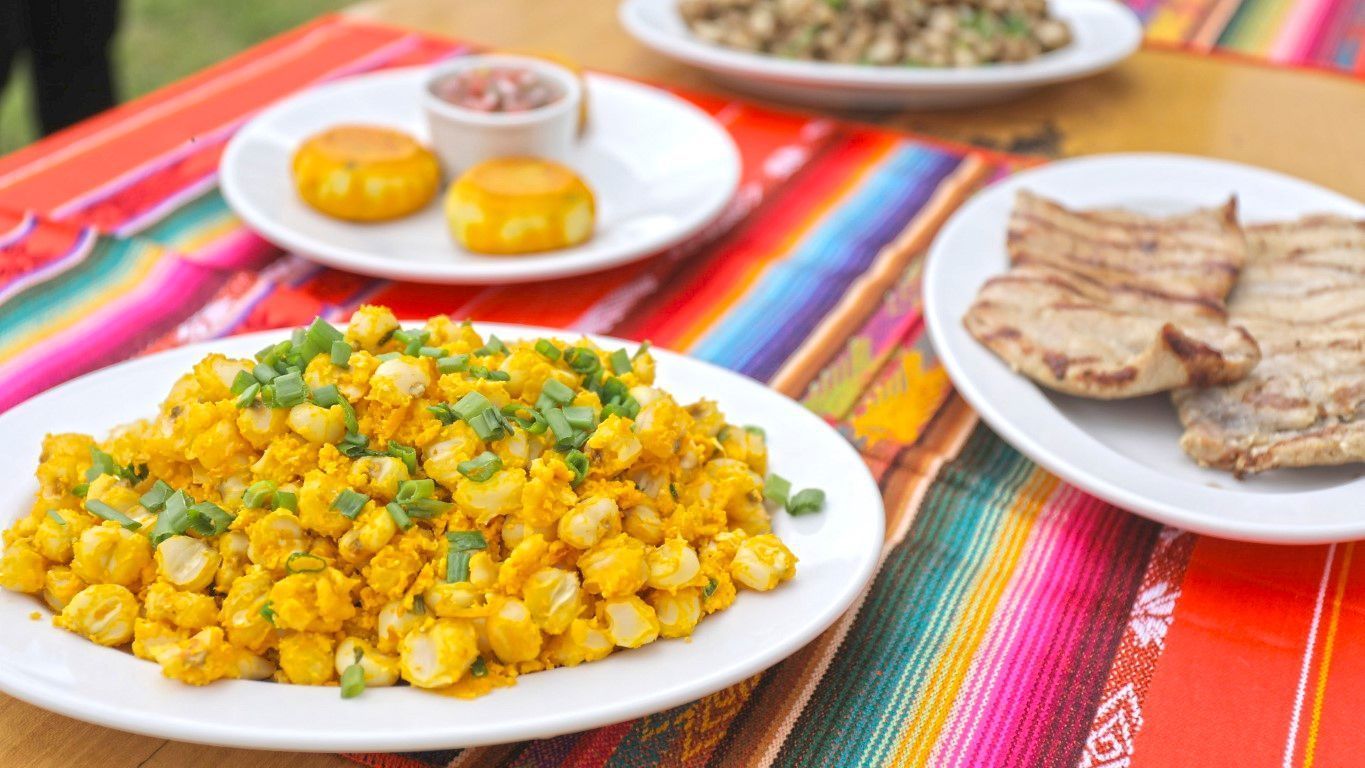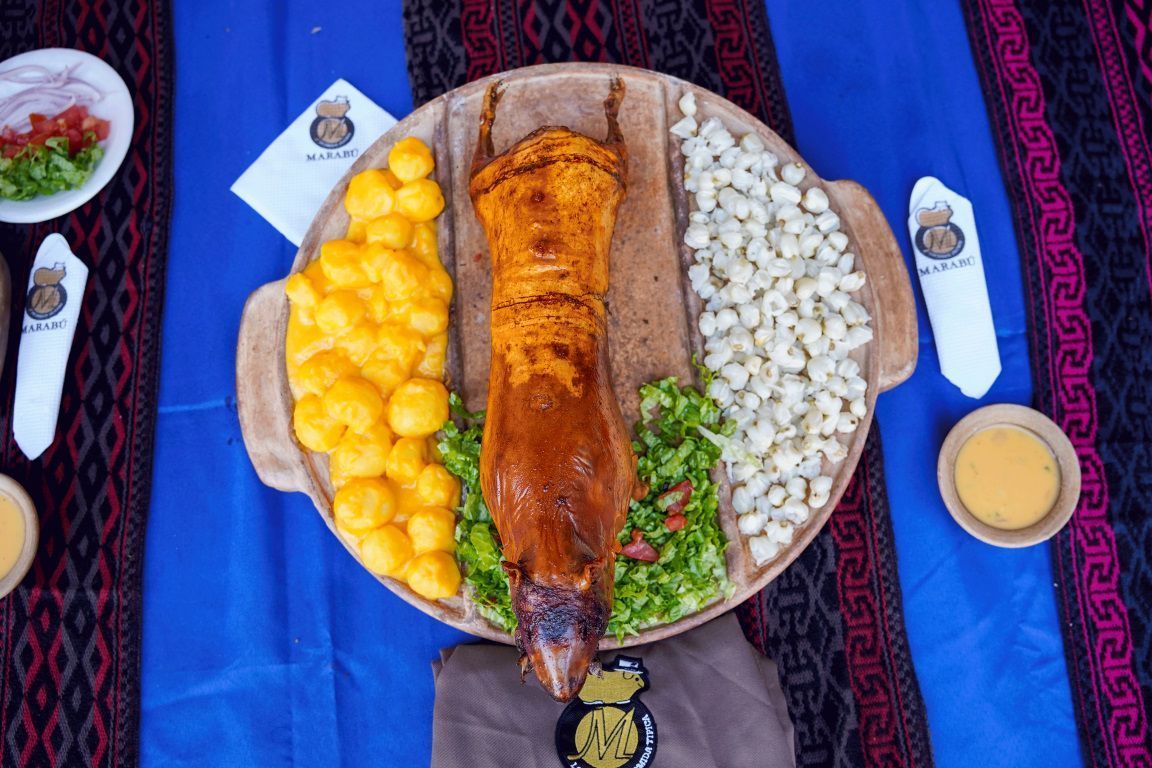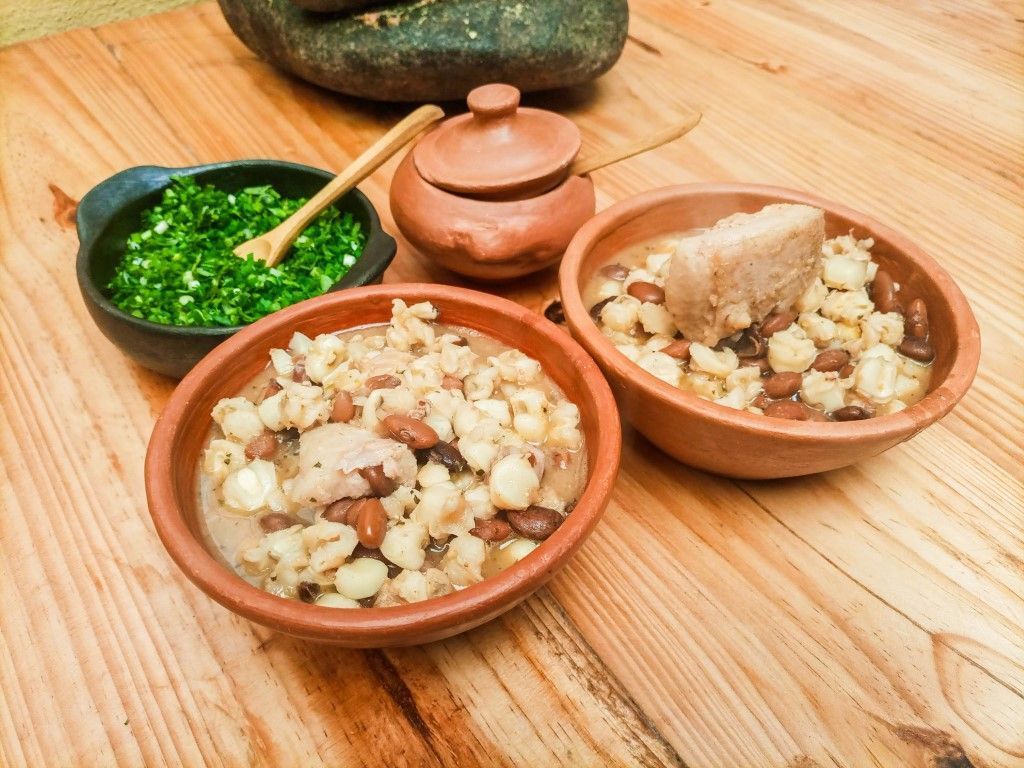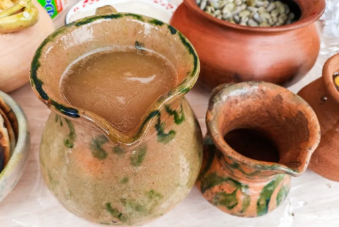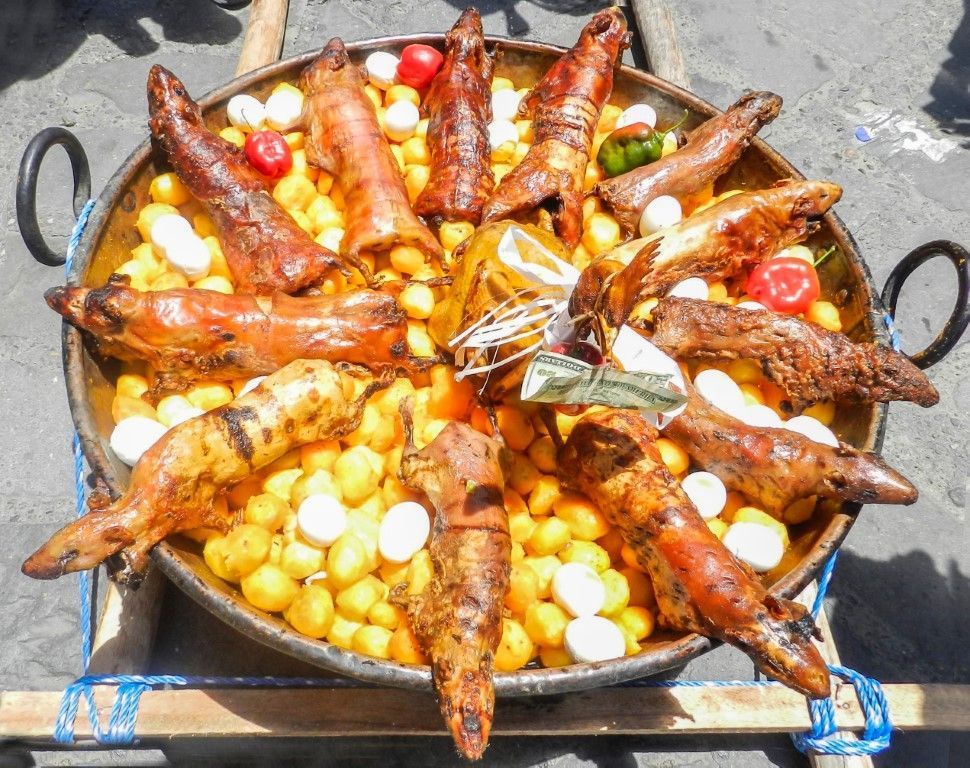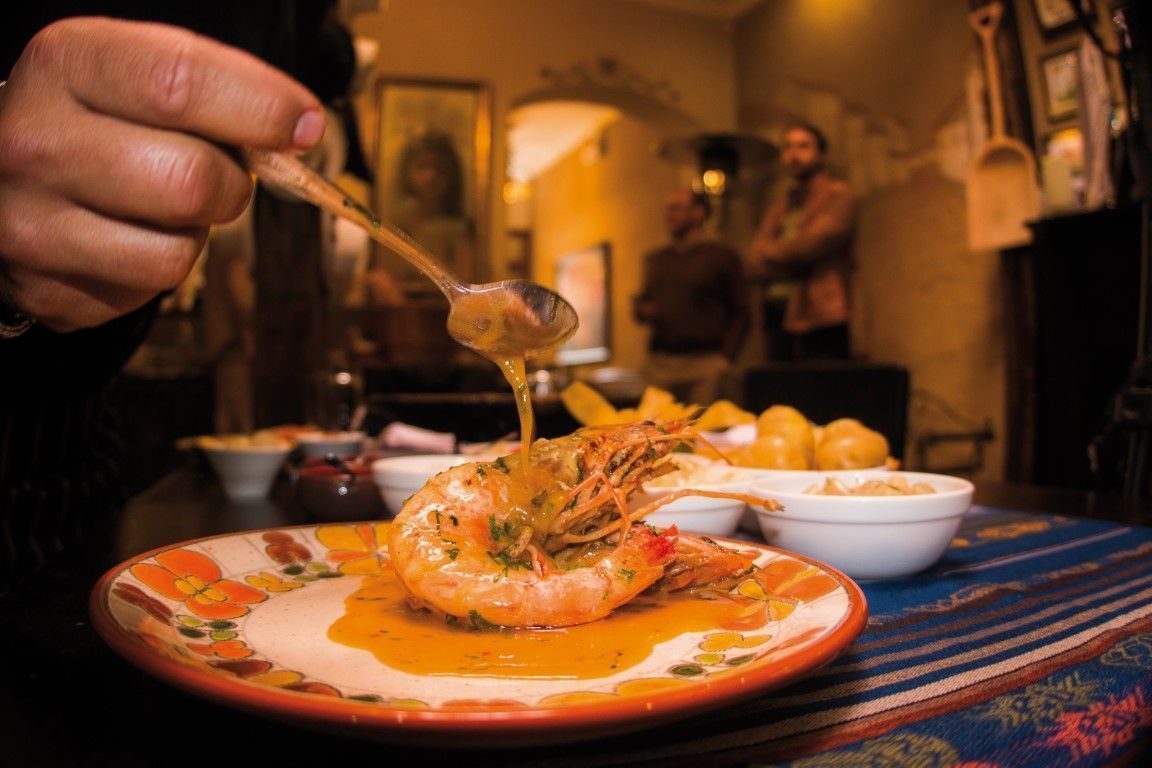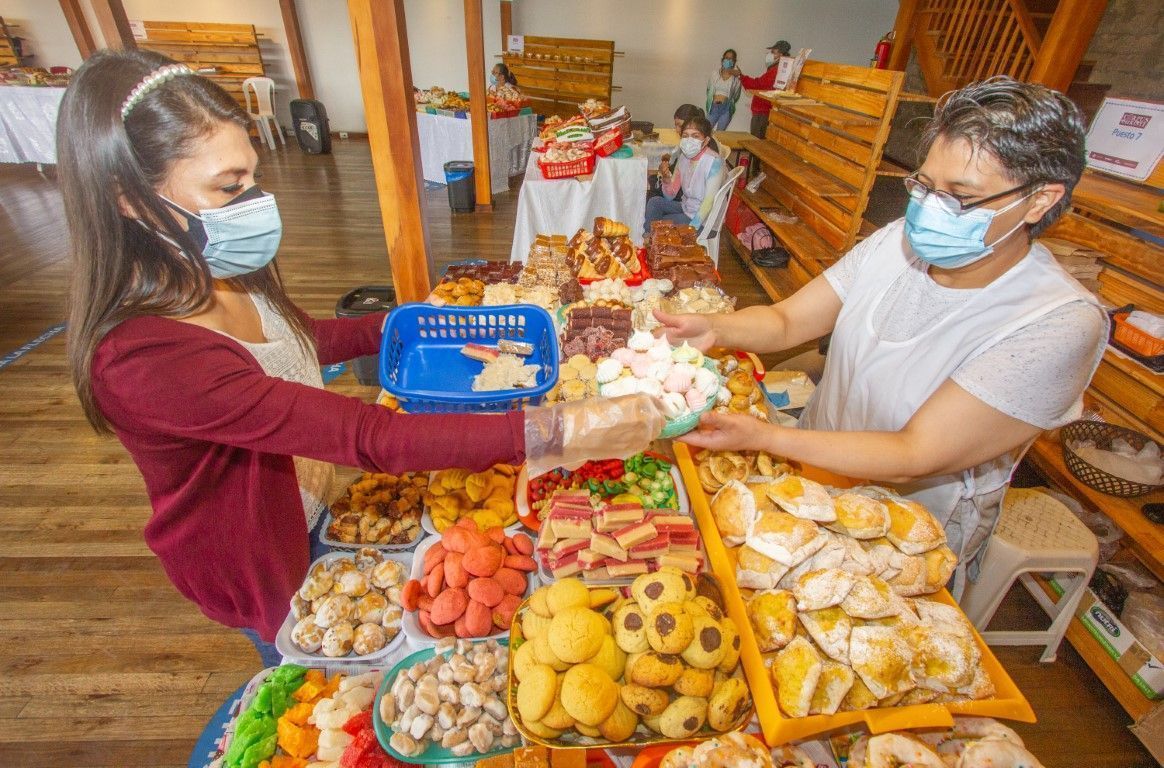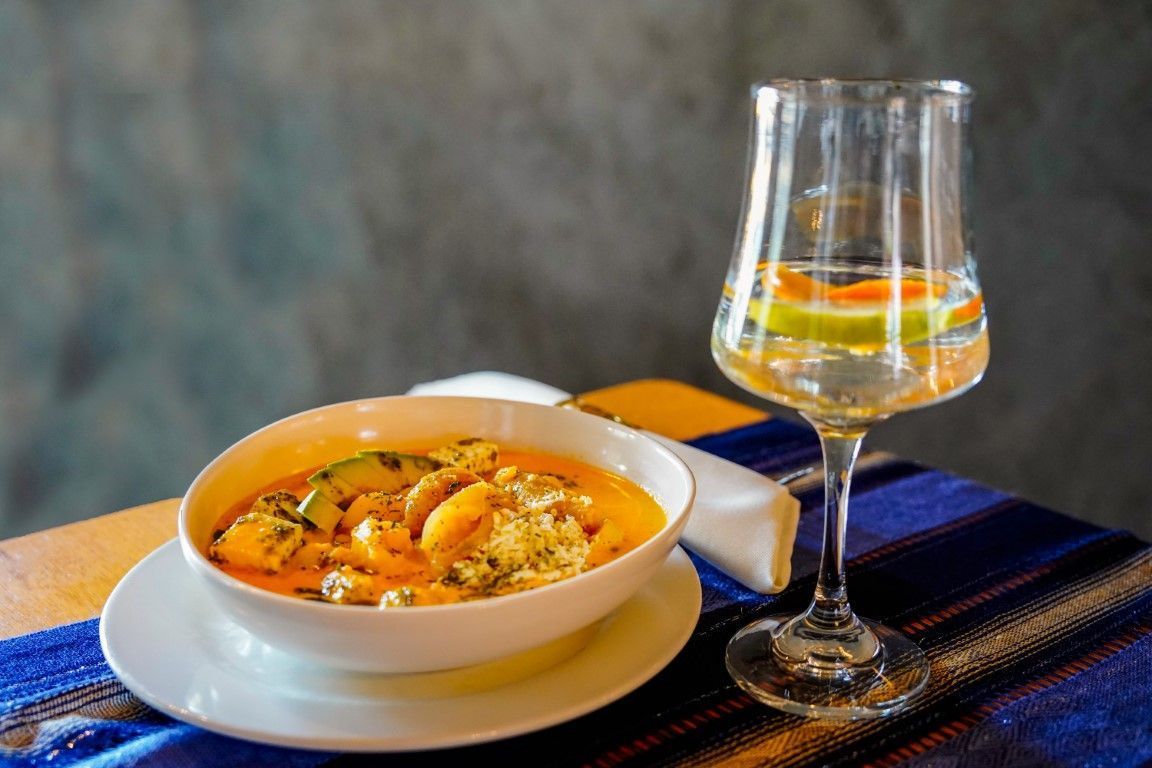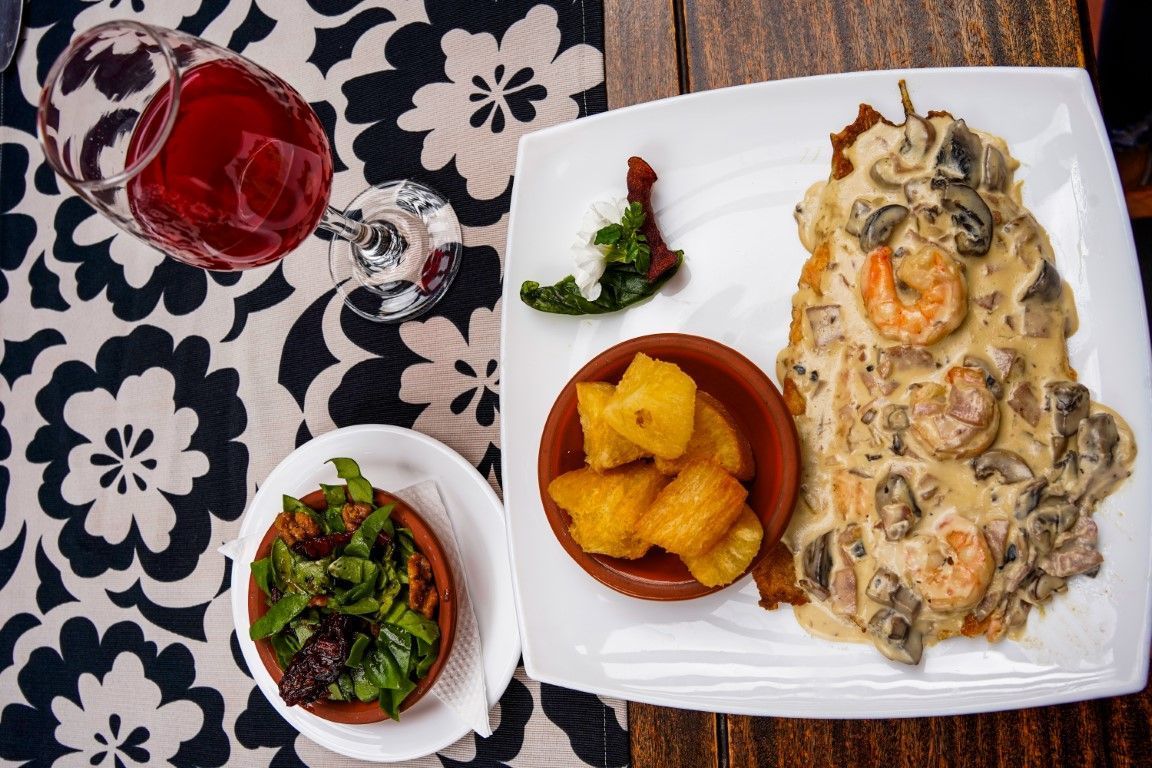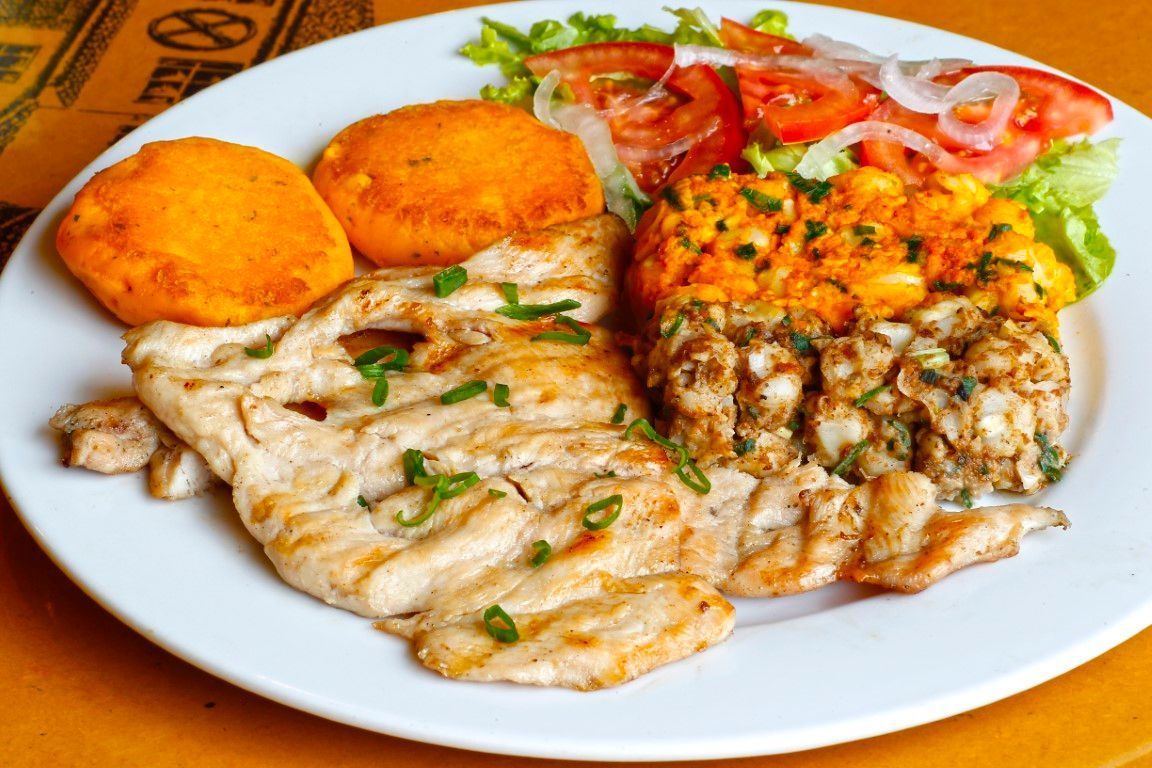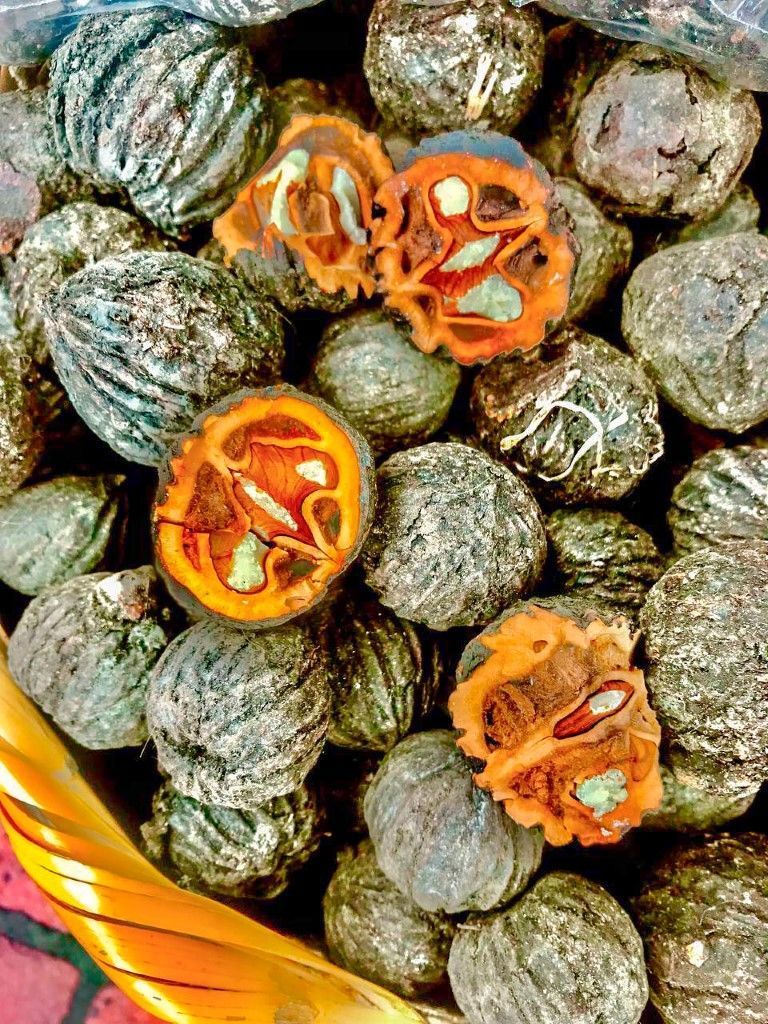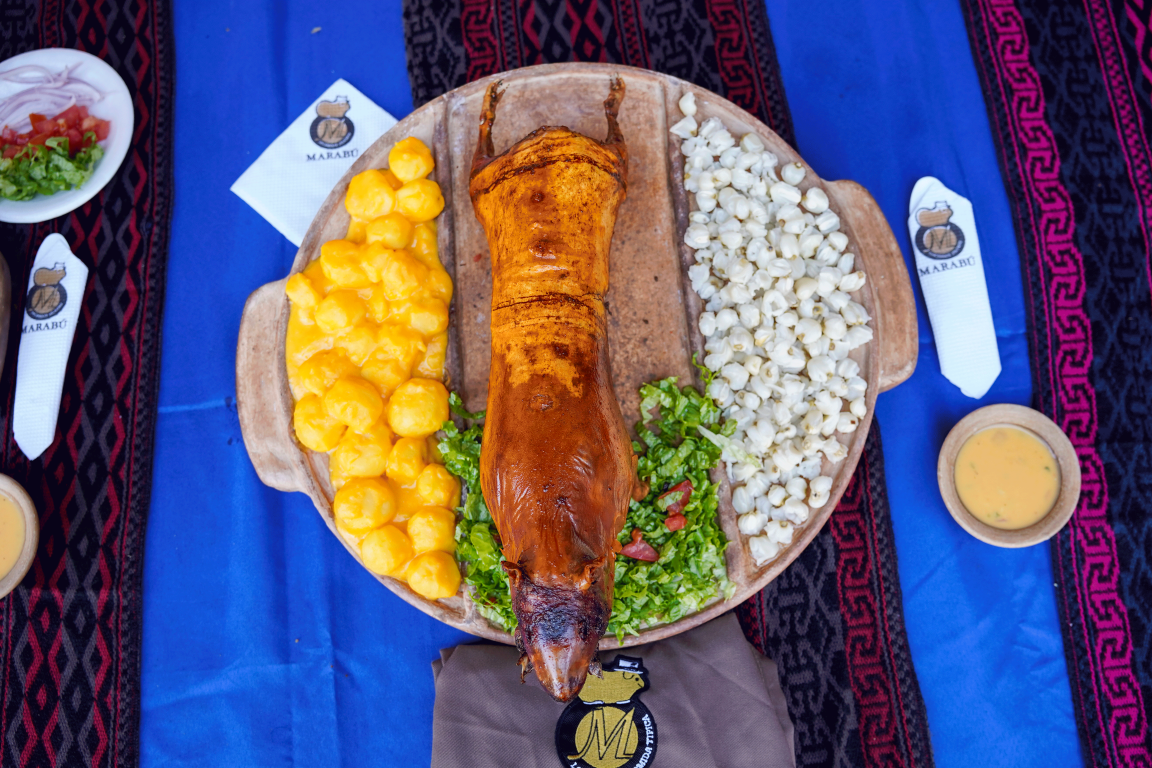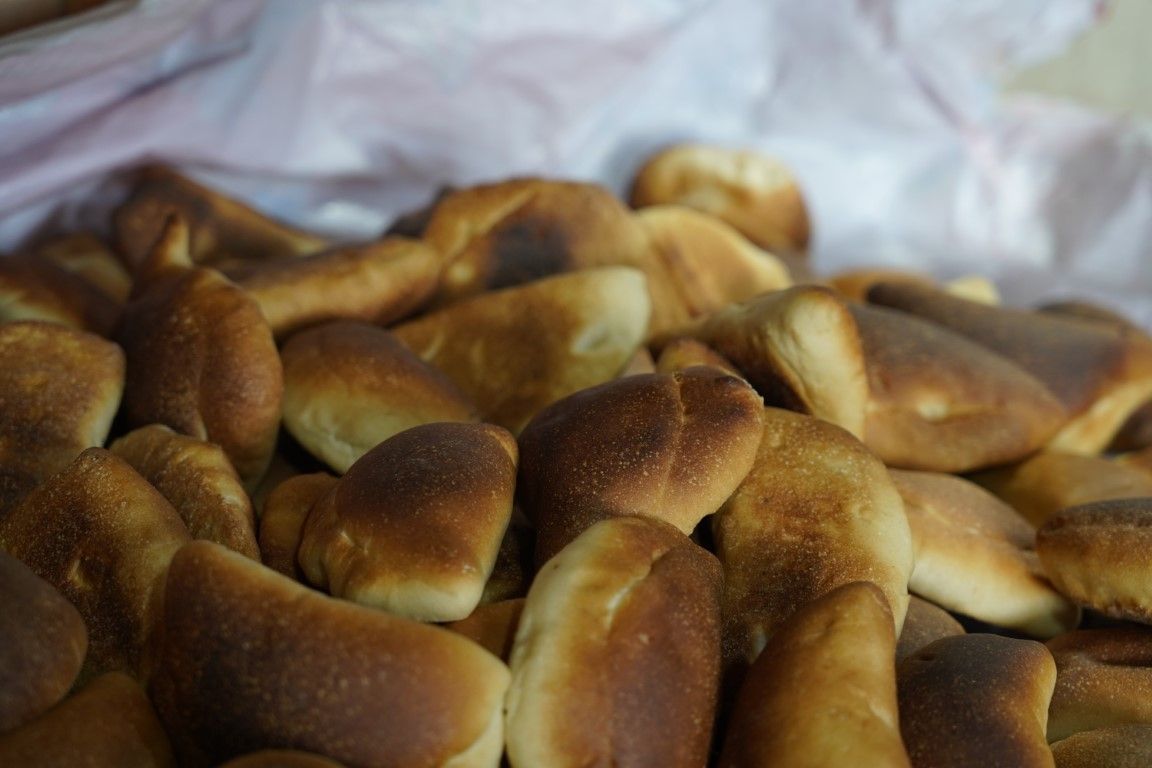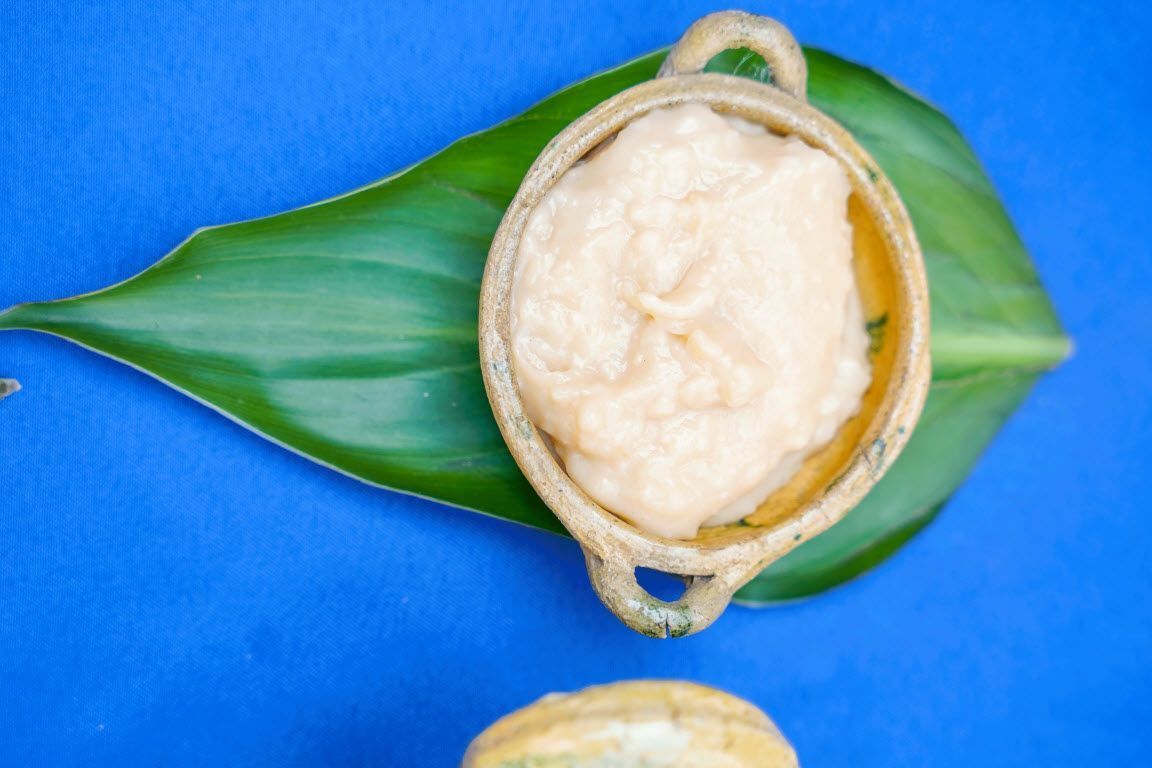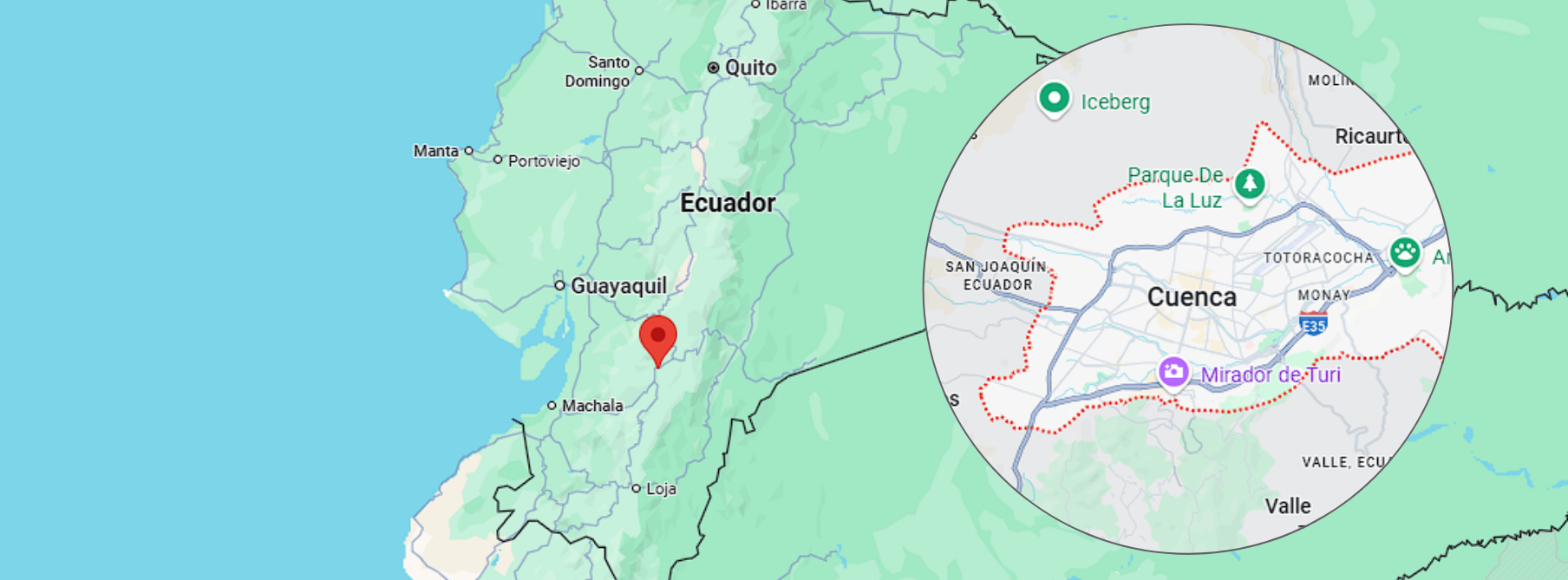
Cuenca, a UNESCO World Heritage Site, is the third largest city in Ecuador. Our territory extends through the Andes mountain range, with a pleasant climate characterized by the presence of four rivers that run through our land.
Ours is a diverse city rich with nature, culture, gastronomy, architecture and handicrafts, that weave a story between the historic and the contemporary to make Cuenca a unique and unparalleled destination.
Cuenca, Ecuador, has a diverse gastronomy, with a variety of dishes, soups and beverages that can be enjoyed during both traditional festivities and throughout the year. These delicacies are prepared by "guardians" of our culinary tradition, which has endured from generation to generation.
Our gastronomy is profoundly mixed, the result of the encounters between the Cañaris, Incas and Spaniards, which, over more than four centuries, has evolved and maintained their own influences. Our cuisine is fundamentally based on corn, beans, potatoes, chili, seasonal fruits, meats (mainly guinea pig, pork and chicken), dairy products, legumes and other ingredients from local farms.
We look forward to inviting you to share our gran mesa cuencana (our great Cuenca table).
THE FOOD & DRINK
Typical Products & Dishes
El Mote
Mote is a food made by cooking corn in a clay pot and firewood. It is consumed everywhere in the city of Cuenca, and can be found in the different markets, fairs and neighbourhood shops. It is present at the table of Cuenca's families in both urban and rural areas, accompanying people's daily lives and their ritual and festive celebrations. It is used to prepare dishes such as motepillo, motepata or as a garnish for roast guinea pig and locro de papas, among others.
Chumales
Chumales are a type of bread made from tender corn (known as choclo), cheese, butter, eggs, aniseed, sugar cane liquor and other ingredients. It is characterised for being a food wrapped in its own tender husk and then steamed. It is eaten daily and can be found in various eateries in and around the city, usually with coffee or chocolate. Since its origin, it has been kept on a par with maize, thanks to the transmission of knowledge from generation to generation. This food maintains a richness of symbolism and identity in both the urban and rural parts of the city.
Locro de Papa
The Locro de Papa is a semi-thick stew made with two varieties of this Andean tuber, one for thickening (papa chaucha), because it is starchy and soft, and the other for eating (papa chola) because of its chewiness. Other ingredients are cream, milk, salt and achiote (annatto). In Cuenca, the ideal accompaniments of this dish are pieces of fresh cheese, pieces of avocado and mote (cooked corn).
